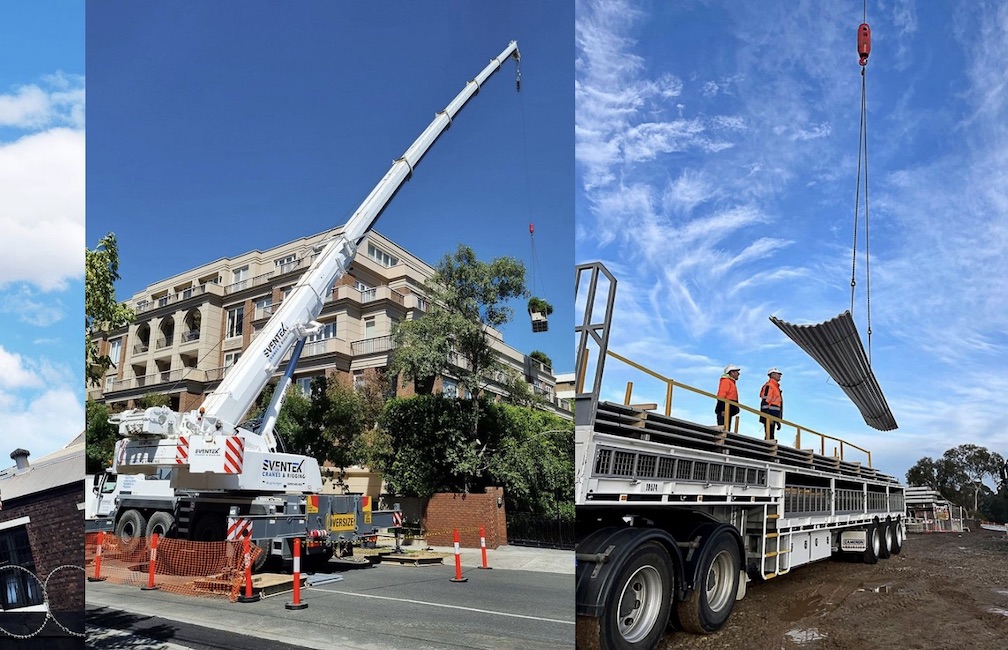The Pros & Cons of Using Prefabricated Materials in Construction
- Written by Daily Bulletin

As the construction industry continues to evolve, the use of prefabricated materials has become increasingly popular. Prefabricated materials, also known as "prefab", refer to components that are pre-assembled off-site and then transported to the construction site.
While some praise the speed and efficiency of prefabs, others are cautious of their potential drawbacks. As a construction professional, it's important to evaluate the pros and cons of using prefab materials before deciding whether they are the right choice for your project – the same goes for using a mobile crane hire service, outsourcing aspects of construction and similar considerations.
In this blog post, we'll break down the advantages and disadvantages of using prefabs.
Pro: Time Efficiency
Prefabricated materials are pre-made offsite, meaning that construction can begin straight away once they arrive at the site. This can speed up the overall construction process and reduce the time needed on-site, causing less disruption in the surrounding area. Additionally, pre-assembled components can ensure that projects stay on-time and on-budget.
Con: Limited Customisation
Since prefabricated materials are mass-produced off-site, there may be limitations to customisation options. While some prefab construction companies offer customisations, the degree of flexibility is limited in comparison to traditional construction methods. This may be a drawback for larger construction projects where customisability and personalisation is desired.
Pro: Reduced Waste
Prefabricated materials are made in a controlled environment; thus the manufacturers can cut back on materials waste as they can ensure precision in the production process. Additionally, the scraps that are leftover on the construction site can be recycled, reducing the overall environmental impact of the project.
Con: Transportation Woes
One of the biggest drawbacks of using prefabricated materials is the transport issues that can arise. Towed prefabs don’t exceed length limits; hence additional transport measures may need to be taken. For larger prefabs, measures such as closed roads, police escorts and special permits may even be required, which can become costly and time-consuming.
Pro: Consistency
Prefab components are manufactured under controlled conditions, making them consistent and predictable. This means that builders can rely on the quality of the materials being delivered to the site, as they have undergone various inspections and passed rigorous tests before they leave the factory. This consistency can reduce potential errors and shifts in quality that might occur with traditional building methods.
Con: Hidden Costs
While the use of prefabricated materials can lower some costs such as labour and material costs, there may be hidden expenses that aren't considered. These costs could include transportation, crane rental costs, site storage, and additional skilled labour needed to install the pre-assembled materials on-site.
Prefab or no?
As with any construction-related decision, it's important to weigh up the pros and cons before making a final determination on the use of prefabricated materials. We hope this guide has helped you to make an informed decision based on the specific circumstances of your construction project.



